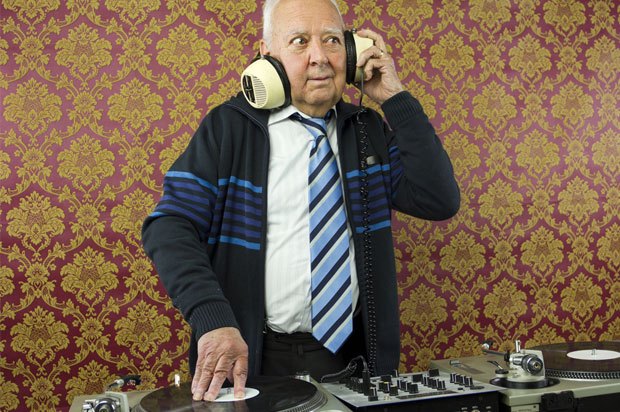Passive smoking
You could be the biggest anti-smoke campaigner in the world, but that doesn’t mean you’ve never inhaled any. The unfortunate fact about smoke is that it spreads meaning it gets into the smokers’ lungs as well as everyone around them a.k.a passive smoking. It’s one of the many reasons that smoking is banned in enclosed spaces. Second-hand smoke can actually have some serious long-term consequences if you inhale it too often. Let’s break it down for you.

What is passive smoking?
Passive smoking is when you breathe in the cigarette fumes of someone smoking near you. That smoke that you breathe in is known as secondhand smoke. There is a safe level of secondhand smoke that a person can inhale without consequence, but it all depends on the level of exposure.For example, in enclosed spaces, like a house or a car, the toxic smoke of a cigarette can linger for over two and a half hours, even with a window wide open, meaning you breathe in a lot more smoke.
What does a cigarette release then?
Now that we’ve explained what passive smoking is we should probably explain why it’s so bad. The passive smoke comes from the burning cigarette, as well as the exhaled smoky breath of the person sucking on it. This smoke contains over FOUR THOUSAND chemicals, none of which are good for you.
Even if a room’s not particularly smoky, 85% of second-hand smoke is invisible and odourless. So you’re still exposed to the toxic cocktail, including 43 cancer-causing carcinogenic agents. It’s also important to note that when someone breathes in second hand smoke they are at greater risks of developing a lung condition.
What are the health implications of passive smoking?
Smokers expose passive smokers to the same health risks as them.
In the short-term this can be:
- Irritated eyes
- Headache
- Dizziness
- Nausea
- Lung function is decreased in asthma sufferers
- Blood flow through the heart is reduced
The long-term effects include:
- Increased risk of heart disease
- Middle-ear disease
- Lung cancer and Pulmonary disease
- Asthmatic attacks and reduced lung function in children
- Behavioural problems in children
- Premature birth and miscarriage
- Childhood respiratory disease
- Sudden infant death syndrome (SIDS)
It’s important to note that passive smoking is incredibly dangerous for pregnant women and their unborn baby. So, if you are a smoker and happen to be near a pregnant woman, just hold off on the fag.
Can passive smoking kill you?
It’s obviously not as fatal as being a smoker yourself, but it’s estimated that 2,700 people aged between 20 and 60 die in this country each year from passive smoking. If you live with a smoker, your chance of getting coronary heart disease goes up by 50%. To find out more about passive smoking statistics, click here.
The health implications are real and scary. As a result, the government banned smoking indoors in public places in 2007 to minimize the number of deaths from passive smoking. In 2015, they also banned smoking in cars with kids under 18 in England and Wales because of the potential health risks. So, no, you’re not being overdramatic or intolerant if you cough meaningfully when a smoker blows smoke in your face.
If you live with, or in the same flats as smokers and are afraid of the health implications, read our living with smokers article here.
Next Steps
- Chat about this subject on our Discussion Boards.
By Nishika Melwani
Updated on 09-Sep-2021
No featured article










